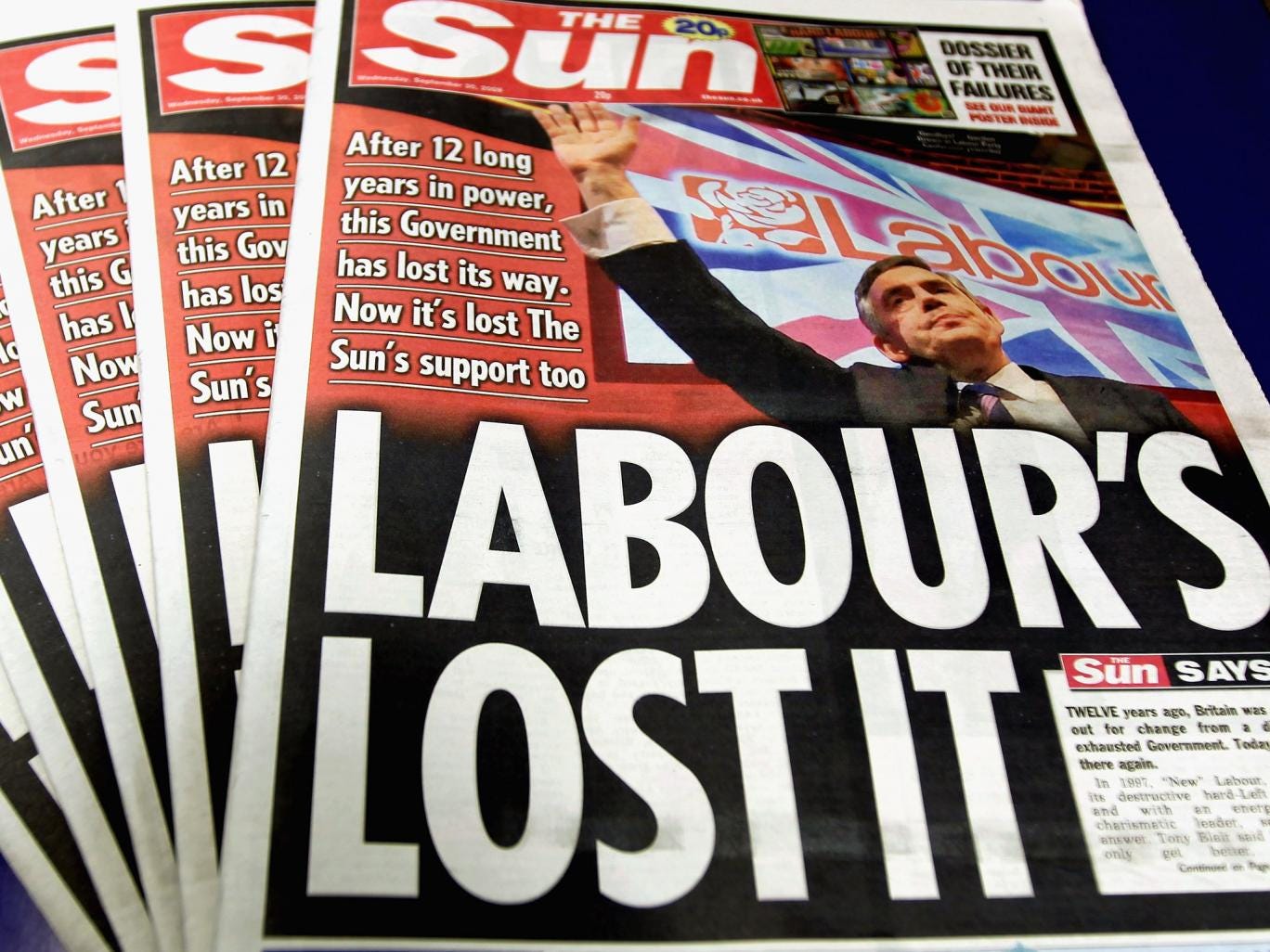While we move through a swiftly changing politics landscape, a novel era of activism is emerging, characterized by voices that demand consideration and action. The rise of independent political movements indicates a major shift in public sentiment, as voters seek alternatives to conventional party lines. With the countdown to the 2025 election underway, citizens and organizations are coming together to impact the outcomes, showcasing the power of grassroots movements in shaping the political narrative.
Against this backdrop, critical issues are drawing the public's concern. From the looming Supreme Court decisions that could redefine rights and liberties to debates over climate change and foreign policy shifts, the stakes have never been higher. As a varied coalition of voters, particularly the youth, begins to assert their influence, the dynamics of power in Washington are changing. As we explore deeper into these urgent topics, we will analyze the implications of these developments for democracy, governance, and the future of activism in America.
A Changing Political Landscape
The political landscape in the United States is witnessing a remarkable transformation. Amidst the rise of independents and the shifting priorities of the electorate, traditional party lines are becoming progressively blurred. This change is propelled by a growing disillusionment with the two-party system, as numerous Americans seek new voices that resonate with their values and concerns. The upcoming 2025 election serves as a crucial test for this new political era, disrupting established norms and offering an opportunity for fresh perspectives.
As we near the 2025 election, the youth vote arises as a key factor. Young voters are highly mobilized, fueled by issues such as environmental concerns, equity, and economic inequality. Their influence could have a significant impact on election outcomes, as they hold the power to sway swing states and challenge traditional voting patterns. This demographic shift underscores the importance of understanding the priorities of younger generations and how they shape the political discourse.
In Washington, new alliances are forming, blurring the lines between party loyalty and common interests. In the face of increasing polarization, some legislators are finding consensus on issues like budget reform and climate action, leading to unexpected partnerships that could alter the dynamics within Congress. The question remains whether these coalitions signal a trend toward bipartisanship or simply a temporary response to the urgent challenges of the moment. With the evolution of political strategies and alliances, the possibility for change in the U.S. governance is higher than ever.
Main Concerns for the 2025 Polls
As the next election approaches, several significant topics are shaping the political arena. The youth vote is becoming as a powerful force, with young voters increasingly participating in the voting process. Their priorities often include ecological crises, equity issues, and education reform, indicating a potential shift in long-standing voting behaviors that could change results of the election. Candidates who competently tackle their priorities may gain crucial backing.
Amid growing worries about the fairness of the voting system, fears of election interference are reappearing. As technology continues to advance, so do tactics of disinformation and deception. Voters are being urged to be watchful and informed as campaigns move through a environment fraught with possible dangers. Openness in political funding and the role of super PACs are also under examination, with many advocating for adjustments to diminish their power.
Additionally, the partisan divide in Congress is becoming more pronounced, raising questions about the possibility of cross-party cooperation. New partnerships are being established, with unexpected groupings emerging on various issues, from medical care to diplomatic strategy. As candidates get ready for the upcoming vote, the ability to manage this challenging environment and unite differing perspectives could be decisive in shaping lawmaking priorities and public opinion.
Emerging Trends and Obstacles
The political environment is swiftly evolving, marked by a shift towards individual candidates gaining traction. As traditional party lines blur, more voters are turning towards other options that question the status quo. This transformation signals a new phase in politics, where independents could play a crucial role in shaping the outcomes of future elections, particularly the 2025 election season. The dynamic nature of this shift raises critical questions about affiliation with parties and the impact of grassroots movements seeking to amplify diverse voices.
The youth vote is becoming more and more pivotal as youth engage in political activism and express their beliefs. Their concerns, which often include climate action and social justice, could alter campaign strategies for the next elections. Candidates who understand and reflect these priorities may find themselves at an advantage. However, the hurdle lies in mobilizing this demographic consistently, as previous elections have shown their turnout can change notably.
Moreover, the growth of fake news and the influence of strong lobbyists pose significant challenges to the integrity of politics and public trust. As voters deal with a confusing information landscape, distinguishing fact from fiction becomes paramount. The tech lobby's role in shaping narratives and political agendas also creates challenges in the political dialogue, raising concerns about transparency and responsibility in choices. Addressing https://politicalpotatoes.substack.com/ will be crucial for safeguarding the principles of democracy and ensuring that grassroots activism translates into substantial political reform.

